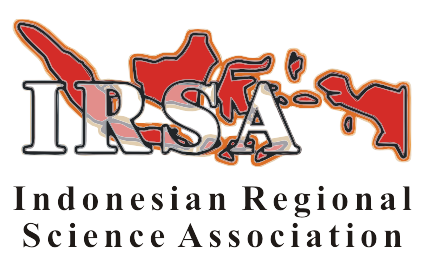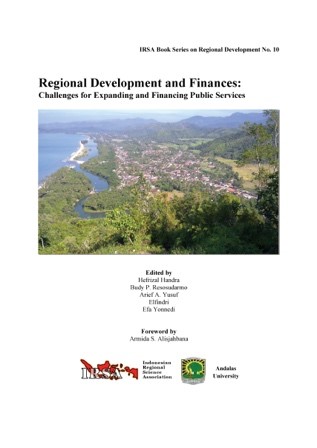October 25, 2012
Consortium for International Earth Science Information Network
CIESIN was established in 1989 as a non-profit, non-governmental organization to provide information that would help scientists, decision-makers, and the public better understand their changing world. CIESIN specializes in global and regional network development, science data management, decision support, and training, education and technical consultation services. CIESIN is the World Data Center A (WDC-A) for Human Interactions in the Environment.
Website: www.ciesin.org

